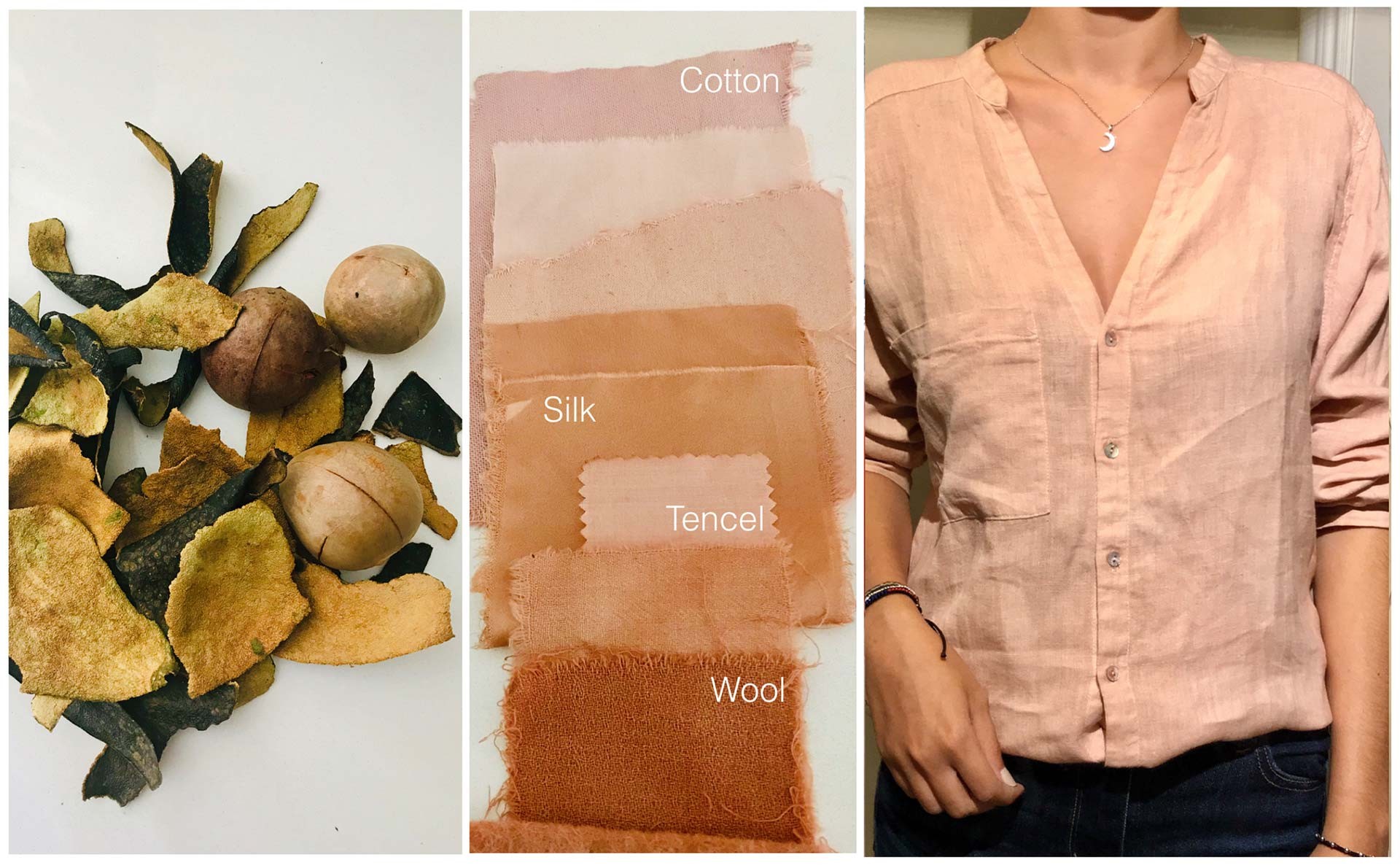At Concordia’s Speculative Life Biolab, I stimulate the growth of colour-producing bacteria by feeding them food waste to produce rich and vivid pigments. As a print-textile designer, I also use food waste, such as avocado or onion skins, to dye textiles prior to printing them with bacteria whose growth is guided through stencils.
This approach requires careful manipulation — nutrients, temperature and oxygen must be constantly monitored to maximize pigment growth — but saves valuable resources such as water, energy and land.
Ancient plant-based techniques in tandem with modern biodesign methods of colour production can generate most shades from the Pantone palette (the colour reference in fashion). Crucially, we can obviate the need for harmful petrochemical compounds.
My research at Concordia’s Department of Design and Computation Arts also touches on the concept of “textile ecoliteracy.” The term refers to the development of an ecological knowledge of the materials we use.
Ecoliteracy, as a general concept, was coined by physicist Fritjof Capra, who suggested that a critical approach to how we make and dispose of our materials is needed to foster a more sustainable relationship with the natural world.
Capra defined the term in 1996; given the urgency of climate change, I feel compelled to help build on his work.
Ultimately, my research is inspired by how the natural world creates materials. I like to think of it as a dialogue between design, chemistry and environmental health, and hope to inspire a more profound reflection on textile materiality to address complex societal issues through the prism of biodesign and colour.
Vanessa Mardirossian’s research is funded in part by the Social Sciences and Humanities Research Council (SSHRC), Hexagram, the Textiles and Materiality Research Cluster, the Sustainability Action Fund, and the Colour Research Society of Canada.
To learn more, visit textilesandmateriality.com/tag/vanessamardirossian
 At Concordia’s Speculative Life Biolab, Vanessa Mardirossian, PhD 21, stimulates the growth of colour-producing bacteria by feeding them food waste to produce rich and vivid pigments.
At Concordia’s Speculative Life Biolab, Vanessa Mardirossian, PhD 21, stimulates the growth of colour-producing bacteria by feeding them food waste to produce rich and vivid pigments.
 Vanessa Mardirossian, PhD 21
Vanessa Mardirossian, PhD 21